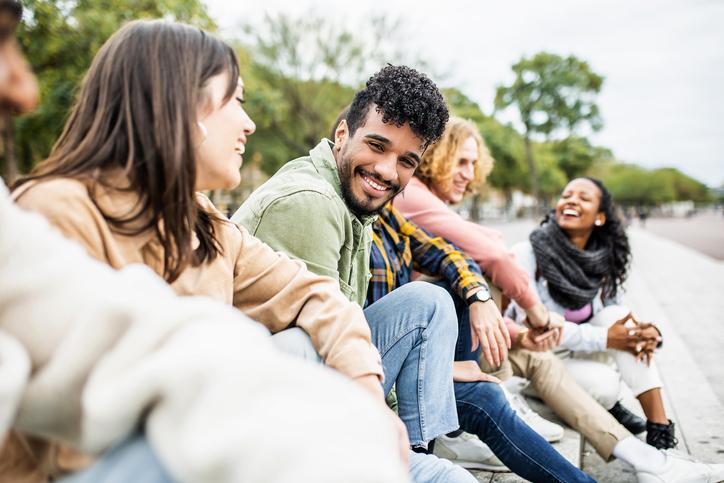Have you ever spotted your students staring blankly during lectures? We can design the perfect lesson plan, but our students can still struggle to concentrate sometimes, making teaching and learning burdensome for both teachers and learners. Therefore, it’s necessary to make the lesson fun in order to gain and keep students’ attention, so they can benefit from learning as much as possible.
In this article I would like to share the methods I use to increase student participation during lectures, which helps with permanent learning:
Encourage cooperative learning
Collaborative learning can help increase students’ productivity and comprehension of the subject. For example, by enabling students to work together on projects in groups of three or four, their learning is supported and the permanence of the transferred information is increased. Students learn from their classmates and gain new perspectives by developing skills such as critical thinking, self-management and defending an idea. Working in groups encourages students to work together and build better relationships with each other.
- Sparking online joy: five ways to keep students engaged
- Transforming the classroom through experiential learning
- Reconceptualise the ‘classroom’ for enhanced student engagement
Give students the opportunity to present their own work
One of the most effective ways to comprehend something is to prepare to teach it to others. You can use this method to help your students learn. Contrary to the sometimes-monotonous lectures by lecturers, setting aside time for student presentations during those lectures will be beneficial. If time permits and the number of students in the class allows, you can ask each student to prepare a short presentation on each topic you plan to teach and use it as an introduction to your lessons throughout the semester. For example, in a course that discusses conflict resolution in international law, a short student presentation on each dispute resolution method could be included. This way, an overview of the topic of the day is provided for the whole class before going into the details.
Change the environment
The daily routine of shuffling between classrooms, always surrounded by concrete walls, and sometimes with little daylight, can be boring for students and instructors alike. So, perhaps an alternative quiet spot can be found on campus to teach the lecture. Taking the routine out of learning and changing things up not only adds a new perspective to lessons but renews the students’ interest and focus on them.
Socialise with students before or after class
The relationships students develop with their instructors and peers aid their success. Get to know your students and identify their skills and knowledge. Social interaction encourages students to get actively involved. Moreover, these interactions prepare students for their professional lives after graduation.
Use technology
We know that students learn in many different ways. With the rise of distance learning after Covid and advancements in artificial intelligence platforms, the idea of learning is being reshaped and redefined. Effective use of digital learning tools in the classroom can increase student engagement, help teachers improve lesson plans and facilitate personalised learning. For example, digital libraries or online databases allow students to access materials such as ebooks, articles and magazines. Online platforms provide convenience for instructors to share course resources and for students to access information more easily.
Give real-life examples
The focus of education often involves memorisation and repetition, not the actual use of information and material. Giving real-life examples helps students better learn and retain the information conveyed, not least because it helps students see how the lesson content applies to their own lives and become more involved in the learning. This means the curriculum becomes concrete, more effective and real. In addition, life is clearly more complex than what can be presented in the classroom, so combining classroom learning with real-life examples encourages critical thinking and engagement.
Use visuals
Using visuals (a lecture video, PowerPoint slide or diagrams, for example) helps students absorb content and information easier and helps them retain it in their memory. Essentially, sometimes the student needs to see the given information to better understand it. Thus, adding a short video, some images or an audio recording to your class can help refresh the predominantly text-based format of most lectures and help students who are more receptive to different forms of information.
Do something different
Offering a new focus to lessons can also make the lesson more attractive. For example, a guest speaker could be invited to talk to students about a particular topic or give the relevant lecture. None of us are experts in everything; including speakers with proven expertise on a topic gives our content additional credibility. Inviting an outside expert to explain the subject of maritime law in an international law course, for example, can provide students with alternative perspectives and introduce them to interesting and relevant personal experiences.
Perçem Arman is vice-dean of the faculty of law and a lecturer in the department of international law at Near East University, North Cyprus.
If you would like advice and insight from academics and university staff delivered direct to your inbox each week, sign up for the THE Campus newsletter.




comment